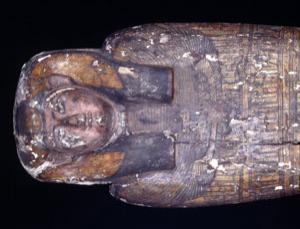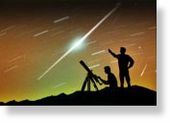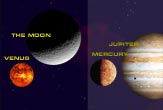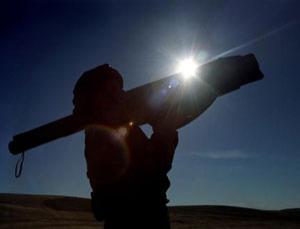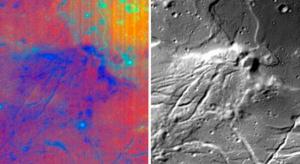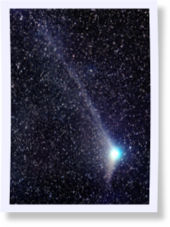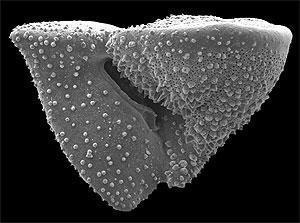
Most scientists believe that allopatric speciation, where different species arise from an ancestral species only after breeding populations have become physically isolated from each other, is the dominant mode of speciation both on land and in the sea. The key to this theory is the existence of some kind of physical barrier that operates to restrict interbreeding (gene flow) between populations so that, given enough time, such populations diverge until they're considered separate species.
For example, finches that were blown by storms from South America to the Galapagos Islands (and were studied by Charles Darwin) were consequently isolated from their host populations and these isolated breeding colonies evolved separately from each other until they became separate species.
